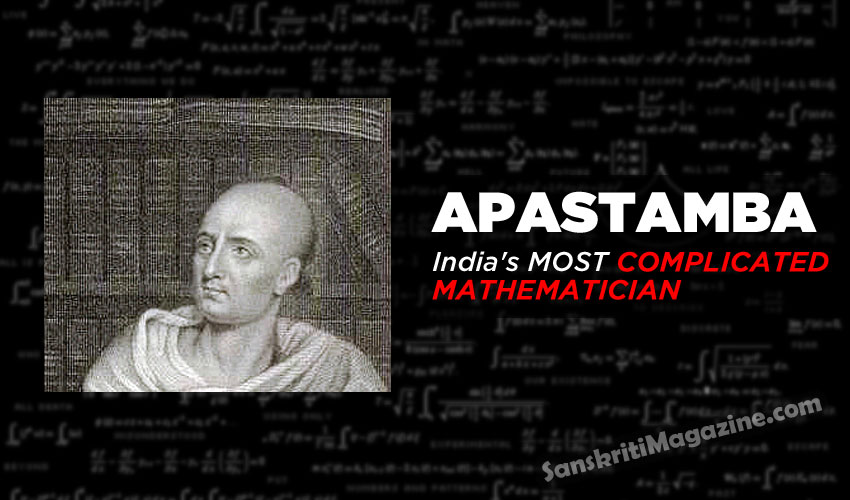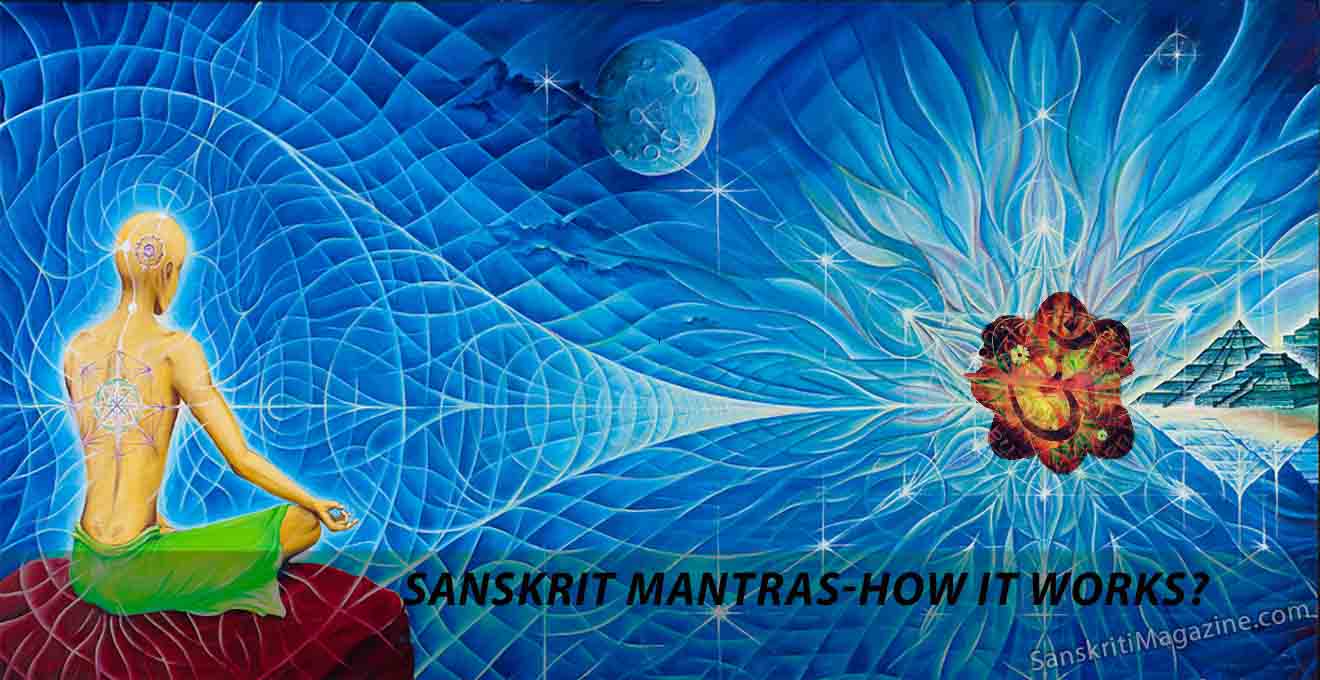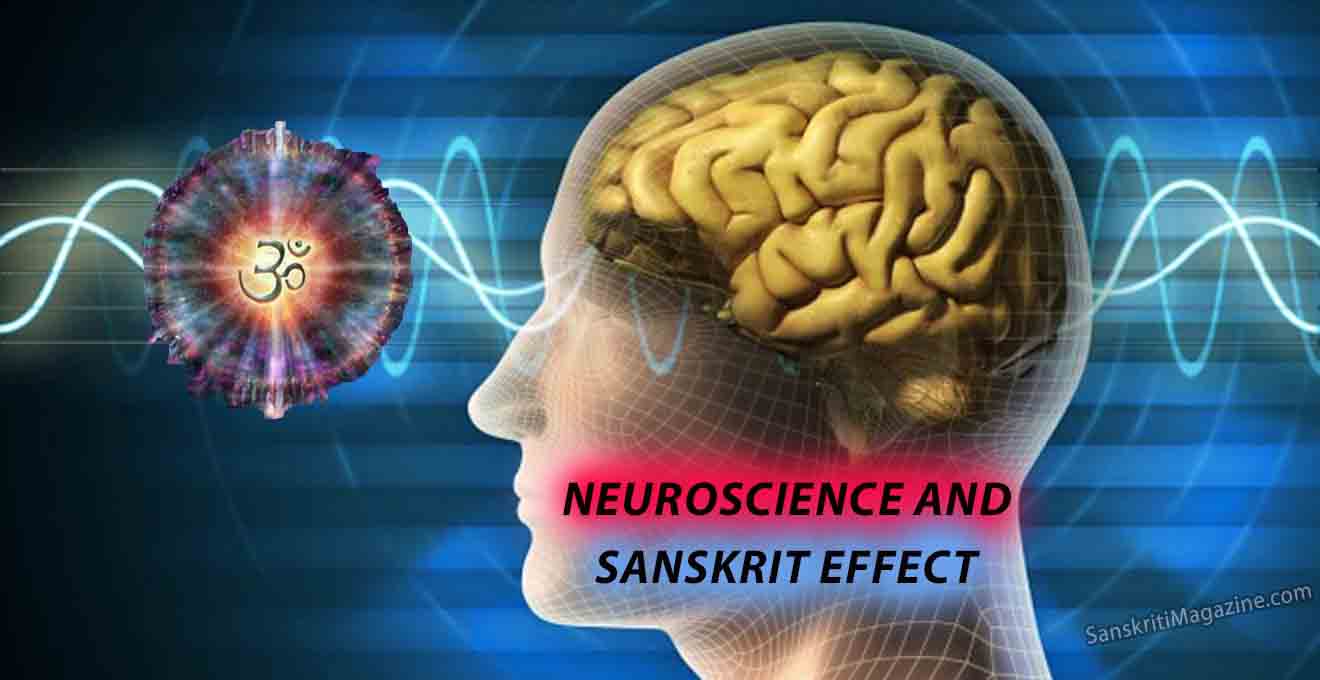It is hard to write much of Apastamba since researchers are unable to discover a great deal about him except that he was the author of a Sulbasutra which is certainly later than the Sulbasutra of Baudhayana.
It would also be fair to say that Apastamba’s Sulbasutra is the most interesting from a mathematical point of view. Apastamba’s exact birth dates and death dates are currently unknown. Since he is known to have lived around 600 BC, scholars will typically list this as both his birth and death year.
Apastamba was neither a mathematician in the sense that we would understand it today, nor a scribe who simply copied manuscripts like Ahmes. He would certainly have been a man of very considerable learning but probably not interested in mathematics for its own sake, merely interested in using it for religious purposes. Undoubtedly he wrote the Sulbasutra to provide rules for religious rites and to improve and expand on the rules which had been given by his predecessors. Apastamba would have been a Vedic priest instructing the people in the ways of conducting the religious rites he describes.
The mathematics given in the Sulbasutras is there to enable the accurate construction of altars needed for sacrifices. It is clear from the writing that Apastamba, as well as being a priest and a teacher of religious practices, would have been a skilled craftsman. He must have been himself skilled in the practical use of the mathematics he described as a craftsman who himself constructed sacrificial altars of the highest quality.
Apastamba’s main work in his extended version of the Sulbastura was to give the estimation of the square root of two. The general linear equation was solved in the Apastamba’s Sulbasutra. He also gives a remarkably accurate value for √2 namely:
1 + 1/3 + 1/(3×4) – 1/(3×4×34) = 1.4142156861.
which gives an answer correct to five decimal places.
Other contributions by Apastamba that were not fully explained included squaring the circle and dividing a segment into seven equal parts. Further explanations of his work can be found in translated versions of the Sulbastura.
Various critics have tried to reconstruct these processes but they have proved unsuccessful, leaving Apastamba’s to be the most well known Mathematician in modern day.











